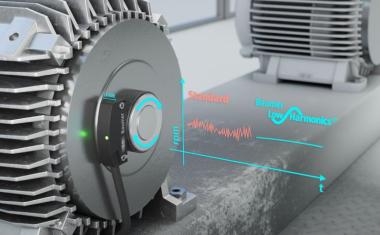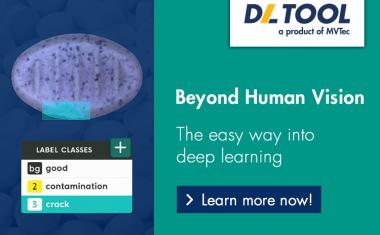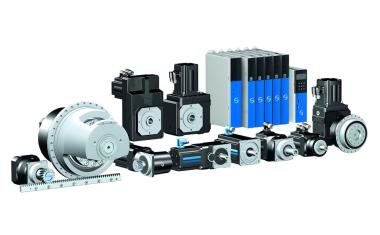“LiDAR and autonomous cars: no conventional solution”
As a leading component manufacturer, Hamamatsu is well aware of the advantages and disadvantages offered by various systems, and the main differences will be explained in the new issue of PhotonicsViews, 1/2022.
Whether in factories or cars, the use of smart and autonomous systems is increasing. An important condition for totally safe and functional systems is sophisticated sensors and imaging processes that provide true-to-life images of the surroundings. Advanced driver assistance systems (ADAS) currently employ around a hundred sensors to provide functions such as lane departure warning or automatic distance control. Full accuracy and fast reaction times are essential in this field, even at high speeds and in unforeseen situations.


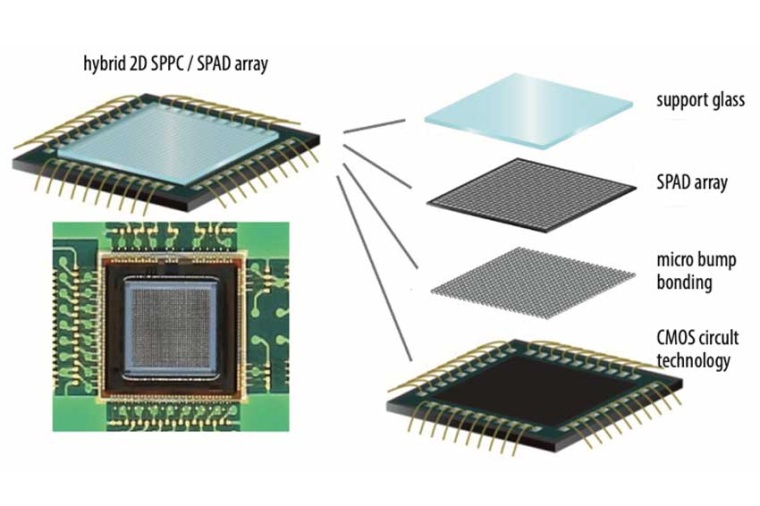
One of the most promising developments in recent years has been the use of light detection and ranging (lidar) systems, an optical method to measure distance and speed. Unlike the related radar system, lidar sensors identify the environment by means of light only, which is detected by a photosensor. But not all lidar systems are the same, and not all photosensors are equal. Which technology is the most suitable is not always clear to the manufacturer and depends on the specific application.
Hamamatsu Photonics, a manufacturer of optical products and semiconductor components, helps to select and assemble the right components as the company’s products cover the entire range of lidar technologies.
In an ‘online open’ article, Hamamatsu Photonics Deutschland’s group leader for automotive business, Florian Friedl, explains the advantages and disadvantages offered by various systems:
F. Friedl (Hamamatsu Photonics): LiDAR and autonomous cars: no conventional solution – TOF lidars are recognized as the norm, but FMCW systems are increasingly growing in popularity, PhotonicsViews 19(1), February/March 2022, 42–44, DOI: 10.1002/phvs.202200003
Don’t miss future issues of PhotonicsViews – download the order / info form (PDF below), and apply for a free, qualified subscription, or order a full subscription:
most read

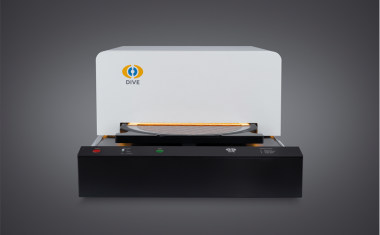
Hyperspectral Imaging for Surface and Layer Analysis
Optical Wafer Inspection

Making Machine Vision Both Easy and Flexible
Compact Camera System Bridges Gap to Smart Cameras
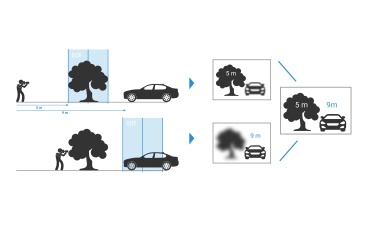
Optical Metrology Technology: Focus-Variation and its Advanced Extensions
Basics of Measurement Technology

A New Approach to Fan Inspection
Reliable Quality Control during the Production of Fans for Diesel Engines





